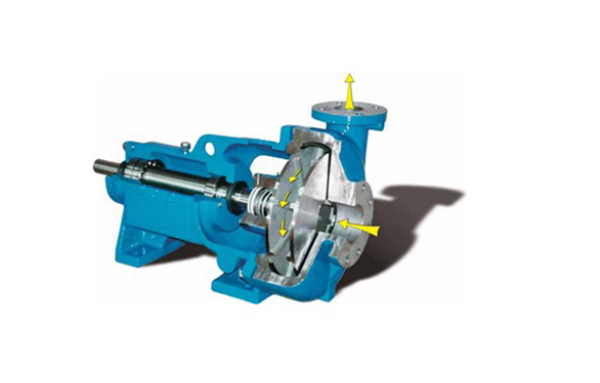Low Shear Pump

Low Shear Pump
A Low Shear Pump is a pulsation free pump which produces little or no turbulence through the action of its pump. Low shear in pumping relates to a relative motion between adjacent layers of the fluid. Low shear means that the flow is not turbulent i.e smooth or laminar.
Laminar flow means layered fluid – different layers of fluid move through the pipe in a straight line unlike turbulent flow where the direction of the fluid as it travels is quite random n essence and it mixes together.
By maintaining laminar flow through the pump and in the piping system, it helps to reduce or prevent damaging turbulent flow.
What is the working principle of a low shear pump?
The key working principles behind low shear pumping are;
What are examples of shear sensitive liquids?
Some examples of shear sensitive liquids include;
Cream – dairy industry, latex and some paint products & emulsions,
Pharmaceutical slurries containing small crystals, food stuffs, resin, algae, seafood and eggs.
What are the different types of low shear pumps?
There are several “types” of commonly found pumps which may be considered low shear i.e progressive cavity pump, helical screw impeller pump, screw pump, the vortex type Centrifugal pumps – Durco Mark 3 recessed Impeller pump and the disc rotor pump.
Standard maintenance practices can be used on all types of low shear pumps as there is nothing that is radical in terms of design.
What are the uses and applications of a low shear pump?
The main use and applications of a low shear pump is for any fluid that is delicate and the qualities of which may be damaged or destroyed due to turbulent flow. By using low shear pumps, the quality of the finished product may be increased and the waste significantly reduced.
If there are abrasive solids in the fluid and the flow is laminar, the “angle of attack” of the solid on the working parts of the pump is either reduced or eliminated, therefore, the wear of the pump is lower, leading to a longer lifetime.
How can you reduce pump shear in a Sanitary Pump?
For a sanitary pump, in particular a centrifugal pump type, the shearing action may be reduced to a degree by using a pump at lower speeds, however, this may result in a relative poor pump selection.
Take a look at our article written for the Engineers Ireland Journal – pump sizing and selection – can you afford to get this wrong?
What is a disc rotor pump?
A disc rotor pump is a pump type that outwardly looks identical to a Centrifugal pump but it has a special design of an impeller (otherwise known as Discpac™), these Discpacs can be provided with multiple discs as well as a “high head” and the choice of Discpac™, is largely application dependent.
How does a disc rotor pump work?
The disc rotor pump works using the Discpac™, a series of parallel discs which form the pumping mechanism. As the discs rotate, energy is transferred to successive layers of molecules in the fluid between the discs via the principle of “boundary layer and viscous drag”.
When fluid enters the disc pump, due to laminar flow conditions, streams of liquid travel at different speeds through a pipe with the layer closest to the pipe wall being stationary – known as the Boundary Layer which is formed on the surfaces of the Discpac™ – and successive fluid layers flowing faster toward the centre of the pipe via the Viscous Drag Principle, generating velocity and pressure gradients across the width of the Discpac™.
This combination of boundary layer and viscous drag results in a powerful force that “pulls” the product through the pump in a smooth, pulsation-free flow.